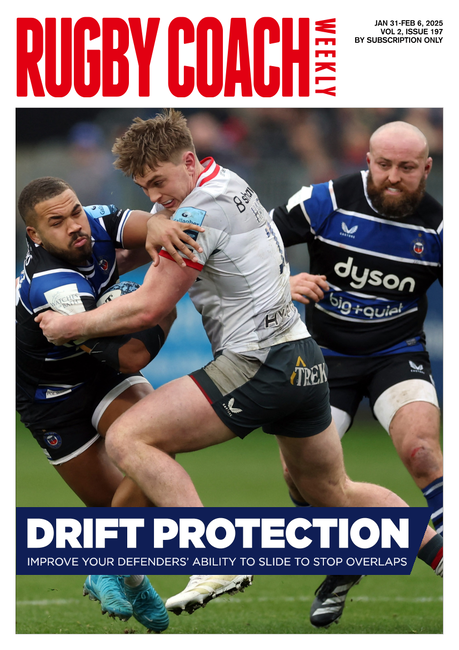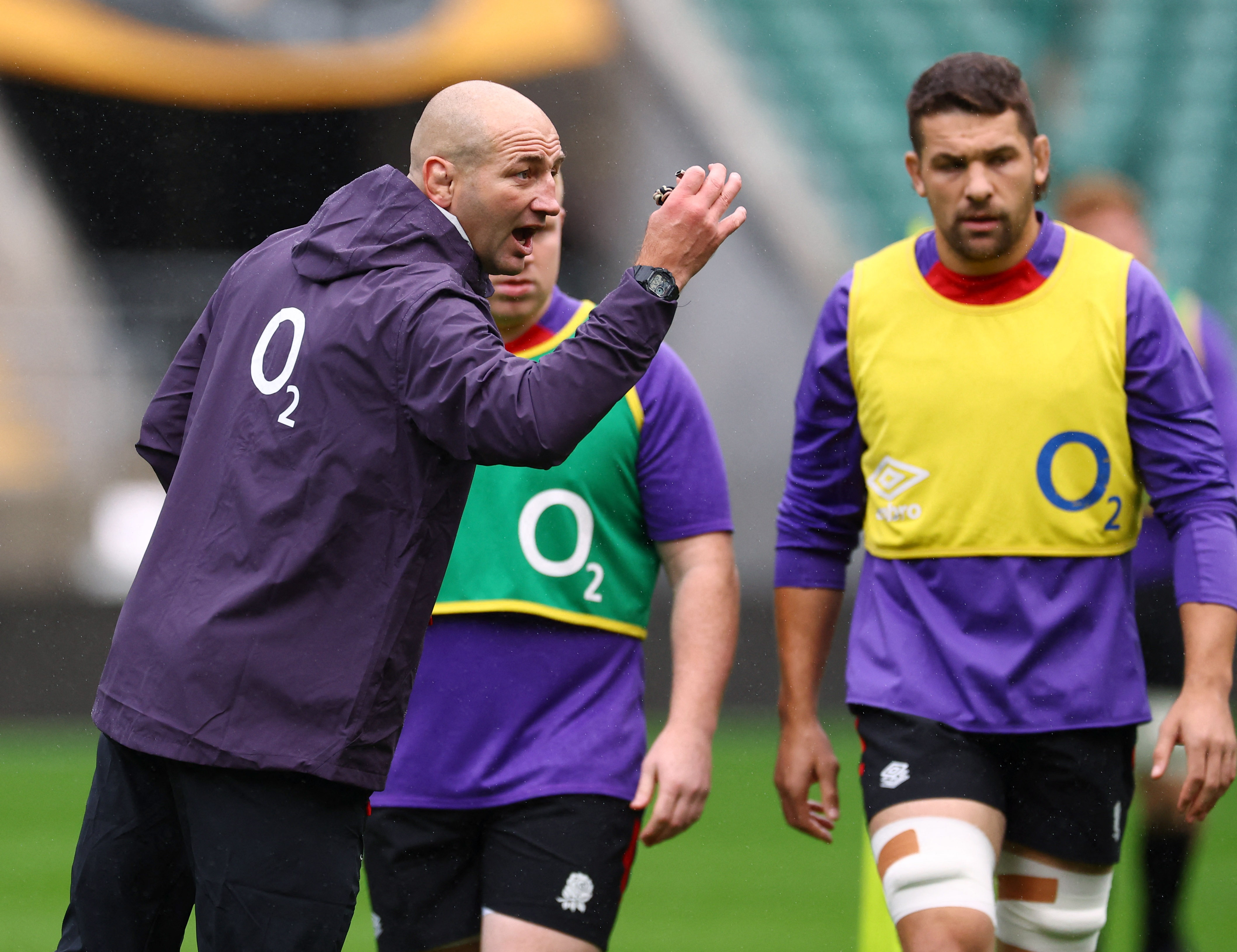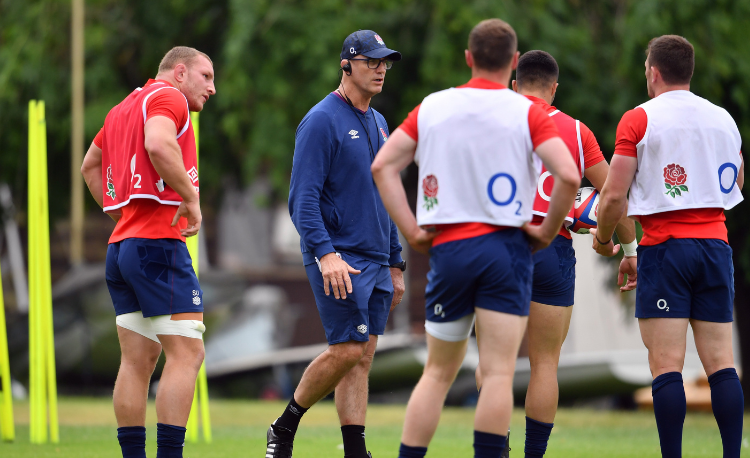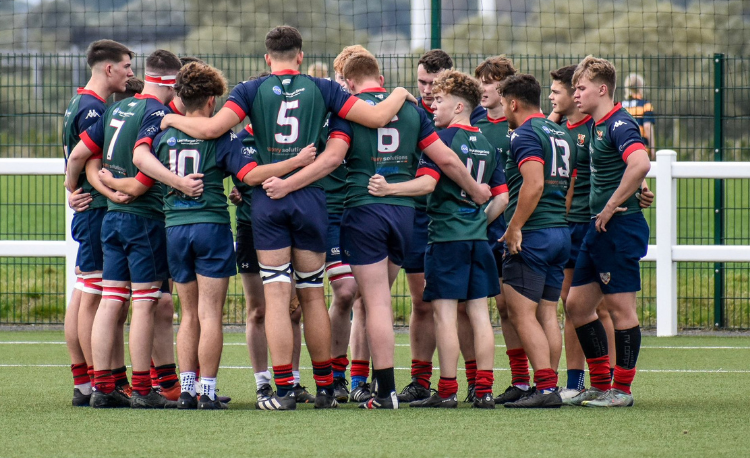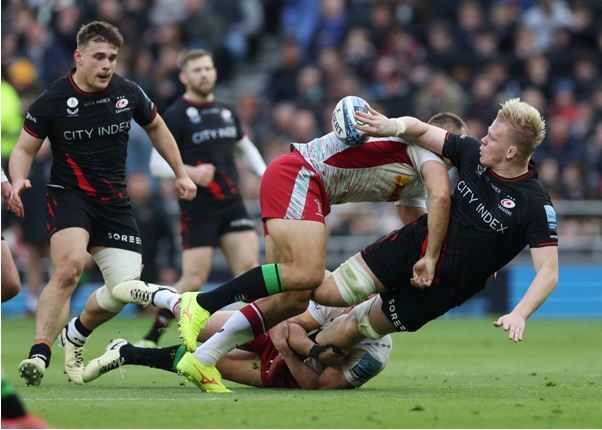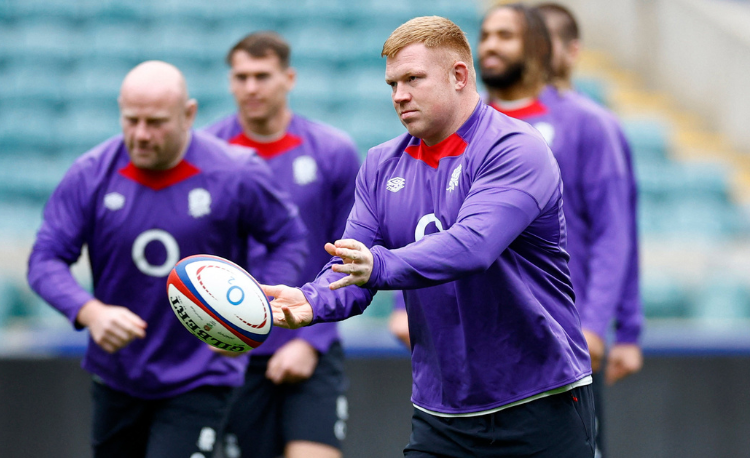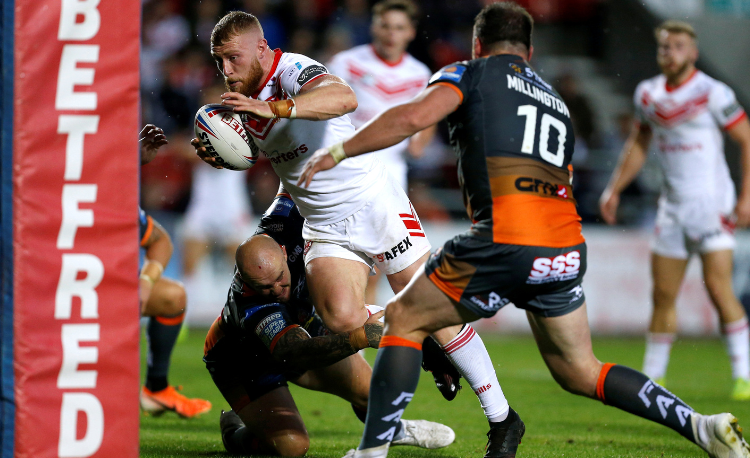Rugby coaching tips to help you beat a better team
Just imagine you were given the unique privilege to coach an elite team against New Zealand next week, only to lose the game because you hadn't thought out the right game plan. I recently talked to Jim Love, a former Maori All Blacks coach, about the strategies to adopt to beat a better team. He identified for me seven key areas to focus on.
Jim's rugby coaching advice is relevant to all coaches, but particularly those facing the best opposition in their division. To underline this, Jim illustrated his points with references to the current All Blacks team. Some of the ideas can be implemented straightaway. Others are things that need to be focused on during the season.
1. Match skill with skill
You must select your most skilful players and not simply players who are going to do a "job". Your team's core skills and strengths must not be comprised to accommodate such a game plan.
Too many coaches choose players to counter the All Black team rather than picking someone who can meet them on an equal footing. By this I mean great evasion and handling skills, aligned with a thorough understanding of the tackle contest.
2. Exploit their weaknesses
Every team, however good, will have areas which are not as well protected as others. The All Blacks identify the weak points in the opposition and attack these mercilessly. You should do the same.
For instance, the All Blacks wingers are superb runners, but they are not so special under the high ball. This weakness could be exploited.
3. Get behind the opposition
You can get behind your opponent by creating "go forward" ball, either through pick and go, good footwork or chips over the top.
To beat the All Blacks, you need to stop their defence from coming forward to defend. Like any other team, if the All Blacks' defence is spread out across the field, it is susceptible to an attack through the middle in numbers.
4. Chase your kicks
Pressurise the defence with kicks, but make the kick and chase work together. This needs three defenders bearing down on the kick receiver, with good communication.
Using a kick to turn and pressurise the All Black back three is a risky business. So both the kick and the chase need to be exceptional.
5. Scan the rucks
Why do the All Blacks seem to deploy less resources into the rucks? Because the players scan the situation and then decide whether to enter the contest, and what they are going to do when they get there. For instance, block, drive through, or compete for the ball.
6. Set piece pressure
Set piece ball (scrums and lineouts) provide a platform for any team. Work hard on your tactics given your strengths. Think about scrummaging lower and harder in defence, and using "channel 1" – quick in-and-out ball – on your put in.
The British & Irish Lions failed to disrupt the All Black set piece in 2005 and few sides since have made much impact in this area.
7. Close out the game
So you're ahead. How do you close out the game?
Take the ball up the middle of the field, inside the two 15 metre lines. This will put you in position for a drop goal or penalty. If they want the ball and you are keeping hold of it, they will need to bend the rules – giving you a possible penalty kick opportunity.
Use "pick and go", where forwards take the ball from the back of ruck, or "pod systems", where forwards work together in groups of four to drive the ball forward in turns.
Don't kick the ball!
Jim Love regularly contributes to Rugby Coach. A former NZ Maori assistant coach, Jim is currently head coach of Italian professional side Arix Viadana (Italian Cup winners, May 2007), and head of the NZ Sports Academy (www.nzsportsacademy.co.nz).
Newsletter Sign Up
Coaches Testimonials

Gerald Kearney, Downtown Las Vegas Soccer Club

Paul Butler, Florida, USA

Rick Shields, Springboro, USA

Tony Green, Pierrefonds Titans, Quebec, Canada
Subscribe Today
Be a more effective, more successful rugby coach
In a recent survey 89% of subscribers said Rugby Coach Weekly makes them more confident, 91% said Rugby Coach Weekly makes them a more effective coach and 93% said Rugby Coach Weekly makes them more inspired.
Get Weekly Inspiration
All the latest techniques and approaches
Rugby Coach Weekly offers proven and easy to use rugby drills, coaching sessions, practice plans, small-sided games, warm-ups, training tips and advice.
We've been at the cutting edge of rugby coaching since we launched in 2005, creating resources for the grassroots youth coach, following best practice from around the world and insights from the professional game.


